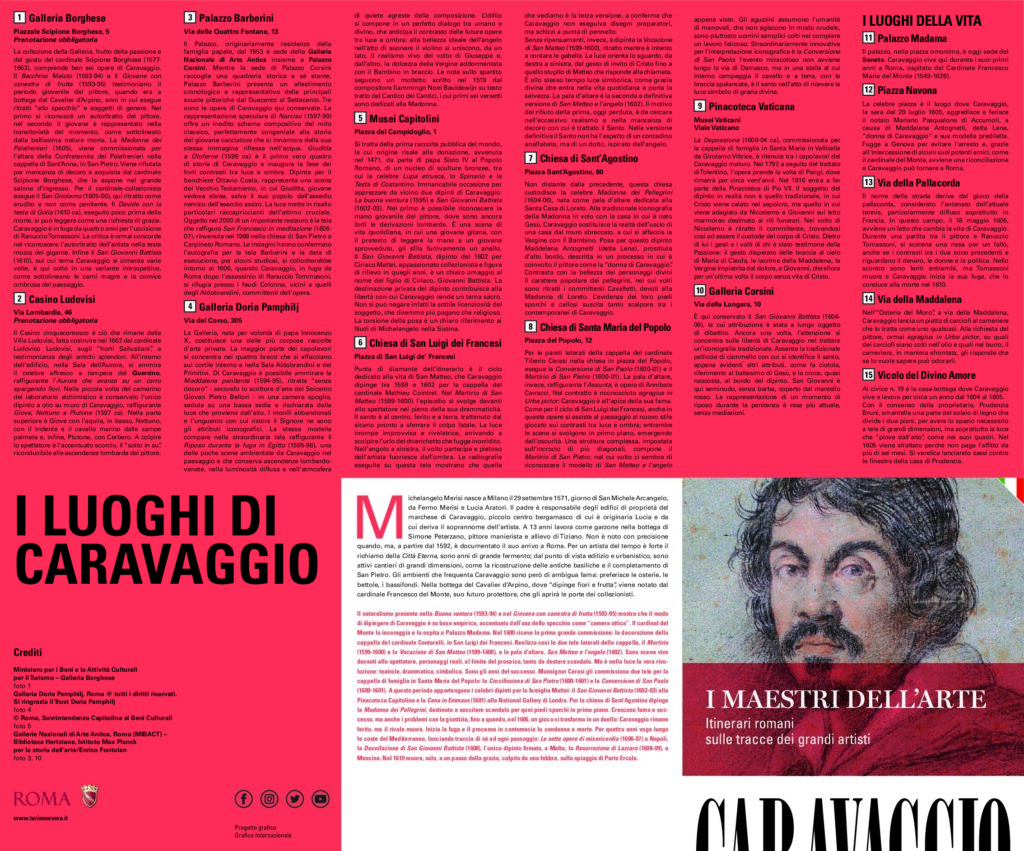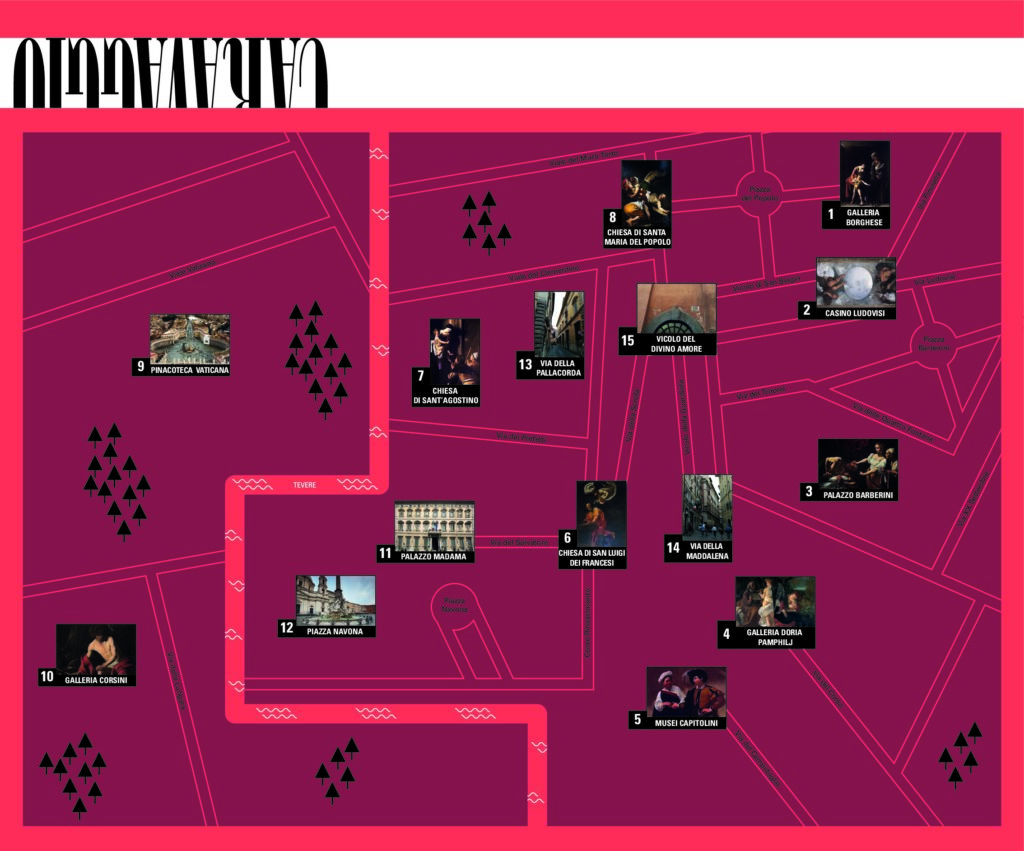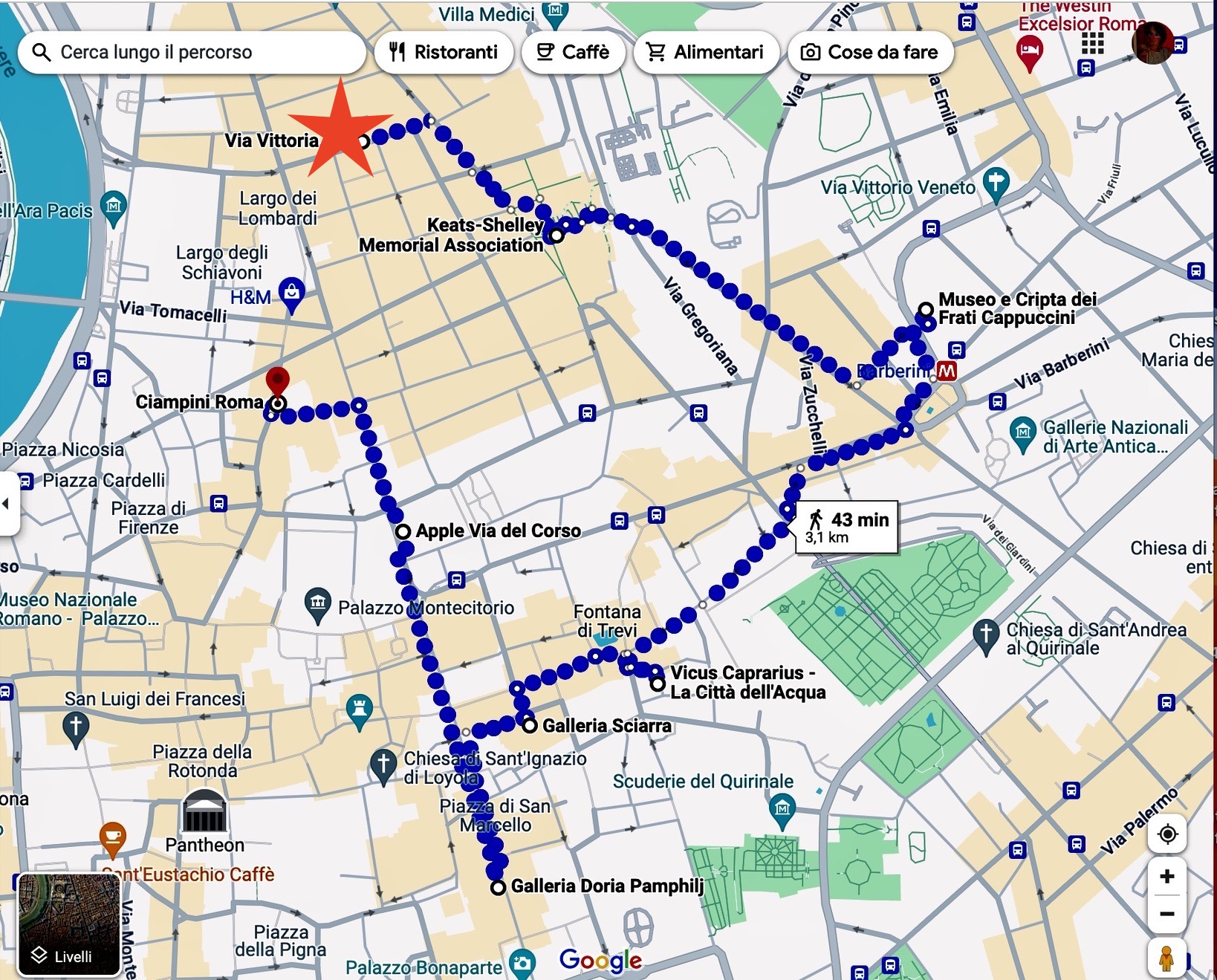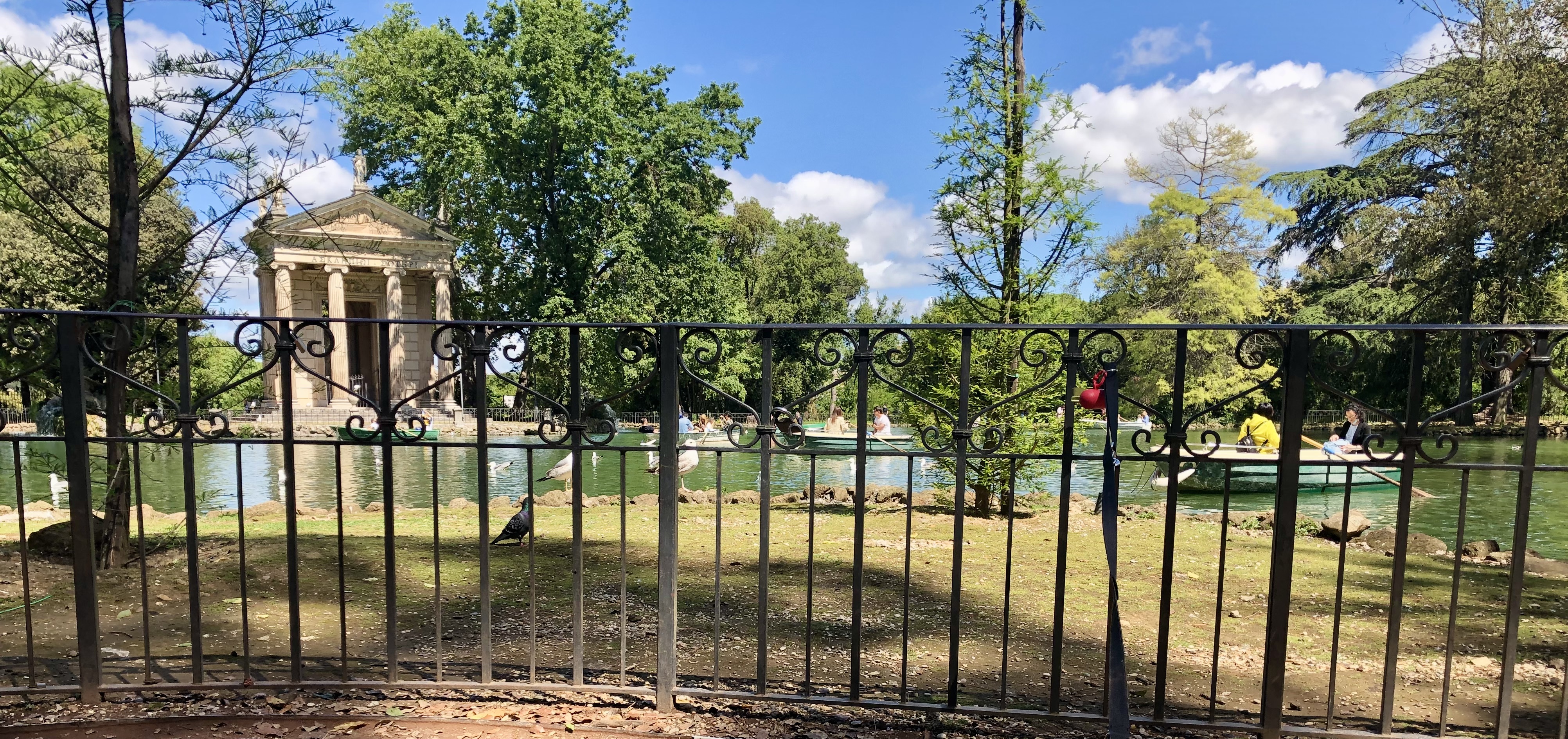Caravaggio’s in Rome

Quando non c’è energia non c’è colore, non c’è forma, non c’è vita
When there is no energy there is no color, there is no form, there is no life
Why He Matters in Rome?
“Caravaggio’s in Rome” is a testament to the city’s status as a centre of cultural and artistic innovation. His ability to capture the complexity of human emotion and the stark realities of life, combined with his innovative techniques, challenged the conventions of his time and forever changed the course of art history. For visitors to Rome, exploring Caravaggio’s works is not just an encounter with the city’s artistic heritage; it’s an intimate glimpse into the soul of an artist whose life and work continue to fascinate and inspire.
Caravaggio, born Michelangelo Merisi in 1571 in the small town of Caravaggio near Milan, is one of the most influential figures in the history of Western art, and his connection to Rome is profound and multifaceted.
For the Roman people, and indeed for anyone visiting Rome, Caravaggio is not just a reminder of the city’s rich artistic heritage; he is a symbol of the dramatic intensity and emotional depth that characterizes the Baroque period. His life in Rome, marked by groundbreaking artistic achievements alongside personal tumult and controversy, makes understanding Caravaggio both as a man and an artist essential to appreciating the cultural and historical fabric of the Eternal City.
The Man Behind the Canvas
Caravaggio arrived in Rome around 1592, as a young artist in search of fortune and fame. Rome at the turn of the 17th century was a city of stark contrasts—of religious fervour and moral decay, of opulent wealth and abject poverty. It was here, in this bustling, chaotic metropolis, that Caravaggio’s talents and his tempestuous personality found both their greatest expression and their darkest shadows.
Caravaggio’s life in Rome was anything but tranquil. Known for his fiery temper and often violent confrontations, his existence was punctuated by episodes of brawling and even a murder charge, leading to his eventual flight from the city. Despite—or perhaps because of—his personal demons, Caravaggio produced works of staggering emotional depth and technical brilliance. His revolutionary use of chiaroscuro, the stark contrast between light and dark, gave his subjects a dramatic, almost theatrical presence, imbuing them with a profound sense of humanity and realism.
The Artist’s Legacy in Rome
Caravaggio’s importance to Rome transcends his tumultuous biography. He left an indelible mark on the city’s artistic landscape, influencing countless artists and leaving behind a treasure trove of masterpieces. His works are celebrated for their emotional intensity, dramatic use of light, and unflinching realism, qualities that broke with the idealized conventions of the time and laid the groundwork for the Baroque period.
A Caravaggio Tour of Rome
Exploring Caravaggio’s Rome offers a journey through the heart of the city’s artistic and historical heritage. Here is a suggested tour of his masterpieces:

- Church of San Luigi dei Francesi – (Piazza san Luigi dei Francesi) Home to the Contarelli Chapel, which houses three of Caravaggio’s works: “The Calling of Saint Matthew“, “The Inspiration of Saint Matthew“, and “The Martyrdom of Saint Matthew“. These paintings are essential viewing for their dramatic narrative and innovative use of light.
- Church of Santa Maria del Popolo – (Piazza del Popolo) In the Cerasi Chapel, you’ll find “The Crucifixion of Saint Peter” and “The Conversion of Saint Paul“, both showcasing Caravaggio’s mastery of emotional expression and dramatic lighting.
- Galleria Borghese – (Villa Borghese) This gallery hosts a collection of Caravaggio’s paintings, including “David with the Head of Goliath“, “Boy with a Basket of Fruit“, and “St. Jerome Writing“. Each work offers a glimpse into the artist’s versatile talent and his ability to imbue his subjects with deep emotional resonance.
- Palazzo Barberini – (Via Barberini) Home to “Judith Beheading Holofernes“, a visceral and dramatic depiction that is considered one of Caravaggio’s masterpieces for its powerful emotional impact and technical precision.
- Vatican Museums – Though not as centrally themed around Caravaggio as the other locations, the Vatican Museums offer a context for understanding the broader artistic and historical environment in which Caravaggio worked.
Why He Matters in Rome?
Caravaggio’s work in Rome is a testament to the city’s status as a centre of cultural and artistic innovation. His ability to capture the complexity of human emotion and the stark realities of life, combined with his innovative techniques, challenged the conventions of his time and forever changed the course of art history. For visitors to Rome, exploring Caravaggio’s works is not just an encounter with the city’s artistic heritage; it’s an intimate glimpse into the soul of an artist whose life and work continue to fascinate and inspire.
Credits: Ministero Beni Culturali, Galleria Borghese, Galleria Doria Pamphili, Sovrintendenza Musei Capitolini e tutti coloro citati ne “I luoghi di Caravaggio”.





